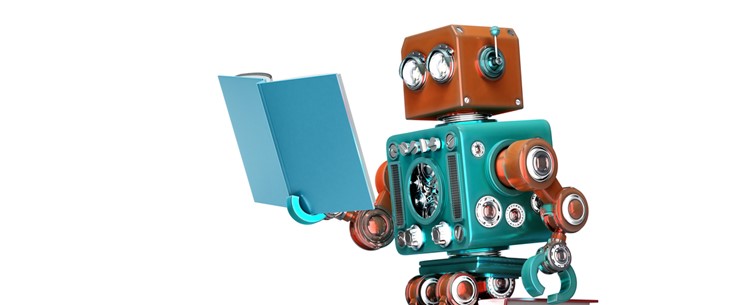By Michael Hilkemeijer
Excitement is injected into any early childhood learning environment when programmable toys are used in the learning process. Furthermore, it introduces STEM concepts in preschool education. Programmable toys help with many aspects of learning.
Earlier this year, I had the privilege and pleasure to co-host with Dr Kate Highfield who has researched extensively on robotics. You find webinar replays of the two presentations in our ICT in Education Teacher Academy (40 + online workshops for preschool teachers).
The following ideas come from a paper she wrote to do STEM with young people and offer some fantastic ways to get started with programmable toys.
It is important to note that with all technologies that you engage in the activity with young children and understand those simple robotics aren’t a form of digital babysitting. As with the integration of all digital technology in early childhood education robotics must be viewed as a tool that in this case you can use to prompt learning.
Also, it is important that you model the appropriate language so that you expand children’s vocabulary to include STEM concepts.
Simple robotic learning experiences
Here are some ideas to prompt STEM investigations in your early childhood learning environment today:
- Construct a bridge for a programmable toy such as a robot that could move across. Several different materials can be used to investigate possibilities.
- Children can use a robot to make a shape and then to extend the task they could draw up instructions for their friends to be able to make the same shapes.
- Children can determine how many steps it will take for the robot or programmable toy to get to the door or chair or the desk. As the teacher, you can scaffold this activity based on the child’s number concepts and encourage children to work in pairs or small groups to scaffold learning and documentation.
- Another activity could be to build a robot village that can be built using cardboard boxes and objects from the environment to construct a bridge. Children will need to take into account the types of turns the robot can move. For example, bee bots can only turn at 90 degrees. Also consider the size of the boxes for the toy to move into.
- Children can also write a robot instruction book as this activity also integrates literacy skills to create a book for other children to know how they work.
- What about dancing robots? The children can program the robot to dance and then perform a dance with the robot.
- Other technologies can be integrated as well such as Skype so that children can connect in other early childhood centres using virtual classrooms. An idea would be to send instructions for other children to trial with their robots elsewhere.
- Children can also make a movie of the robot using digital video recorders from ICT tools such as those on the smartphone, tablet computer or iPad.
- Children could also tape white chalk onto the back of the bee bot and draw using it on large sheets of black paper.
- Additionally, they can tape pens to draw with bee bots.
By applying these STEM learning opportunities for preschoolers, you will be able to successfully integrate digital technology in early childhood education whilst achieving STEM goals and concepts. Develop intellectual goals such as reasoning, predicting and analysing in your early childhood learning environment today.
